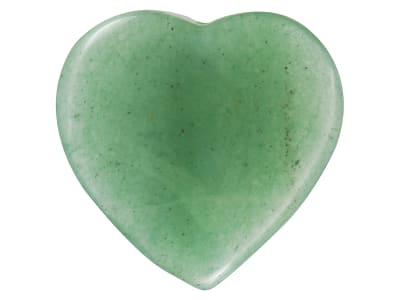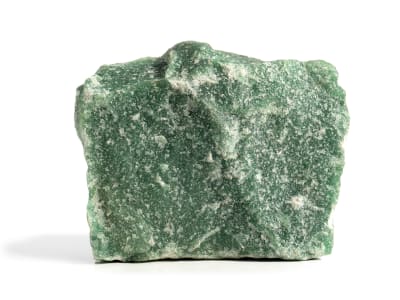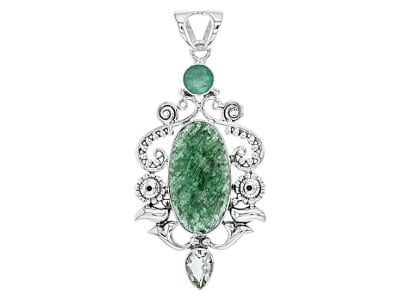Aventurine is a form of quartz, distinguished by its translucent to opaque appearance and the presence of mineral inclusions that give a shimmering or glittery effect termed aventurescence. The phenomenon of aventurescence is caused by small leaf-like or plate-like inclusions, usually mica, distributed throughout the host material. Light striking the surface of these inclusions is reflected back to the viewer, creating an eye-catching sparkle. While customarily green in color, aventurine may also be found in colors ranging from blue, orange, white, yellow, reddish-brown to gray.
General Information
Tolerance:very constant
LWUV: Inert to weak grayish green or reddish
Aventurine Quartz Colors
-
 Brown
Brown -
 Green
Green -
 Orange
Orange -
 Pink
Pink -
 Red
Red -
 Yellow
Yellow
Alternate Names
Aventurine
Countries of Origin
Tanzania, United Republic Of; Myanmar; Czechia; Japan; United States of America; India; Canada; Austria; Unknown; China; Brazil; South Africa; Slovakia; Germany
History
Aventurine is distinguished by its translucent to opaque appearance and the presence of mineral inclusions that give a shimmering or glittery effect termed "aventurescence". The phenomenon of aventurescence is caused by small leaf-like or plate-like inclusions, usually mica, distributed throughout the host material. Light striking the surface of these inclusions is reflected back to the viewer, creating an eye-catching sparkle. While customarily green in color, aventurine may also be found in colors ranging from blue, orange, white, yellow, reddish-brown to gray.
Care
Normal Care for untreated material. Avoid abrasives, ultrasonic, solvents and heat for dyed material.


